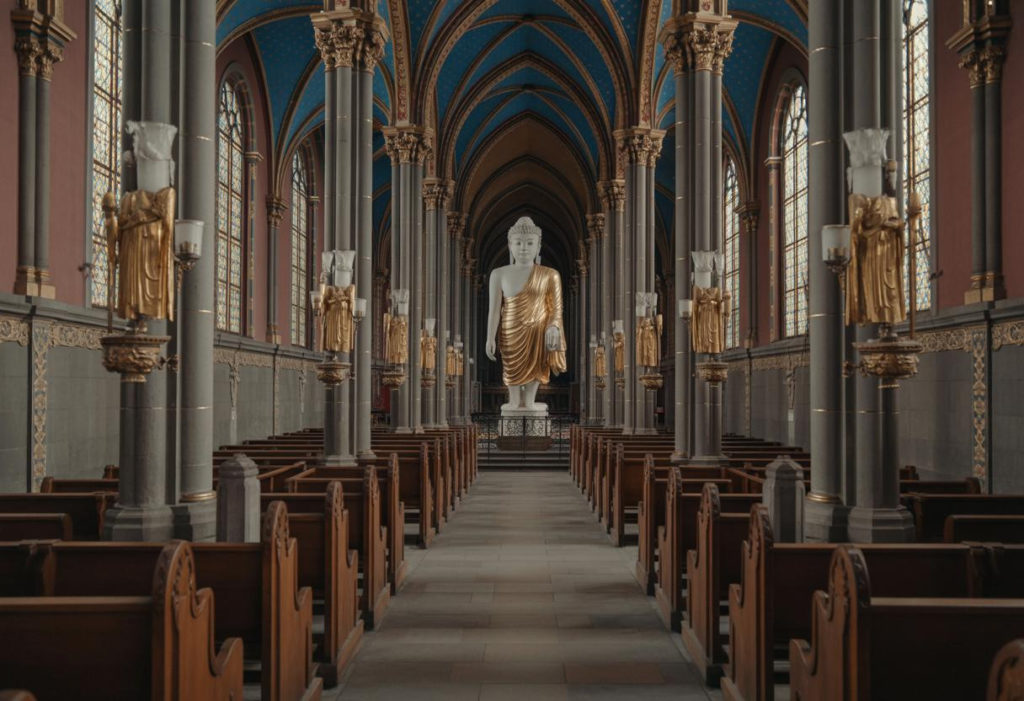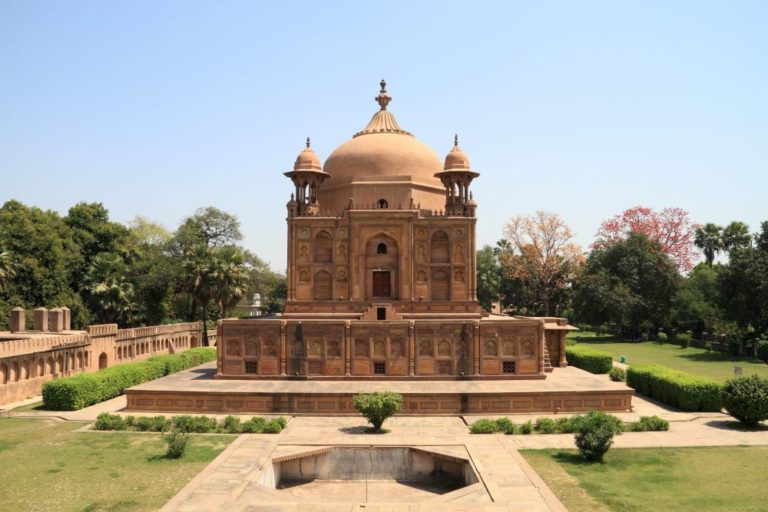One abandoned Buffalo church sold for just $250,000 and transformed into something completely unexpected – revealing a revolutionary model that could reshape America’s religious landscape forever. This isn’t just another story about urban decay; it’s about how demographic shifts are quietly rewriting the spiritual map of entire communities.

The conversion of St. Agnes Roman Catholic Church into a Vietnamese Buddhist temple represents more than architectural change. Built in 1883 and consecrated in 1905, this sacred space served Catholic families for over a century before closing in 2007 due to declining attendance and population shifts.
Vietnamese Buddhist monk Thich Minh Tuyen purchased the property in 2009, spending two years carefully transforming the interior while preserving its essential character. The result? A faith-to-faith conversion that maintained the building’s spiritual purpose while adapting to Buffalo’s evolving demographics.
How one purchase changed everything about community worship
The transformation required surgical precision. Original Catholic elements – altars, crucifixes, Stations of the Cross – were respectfully removed and replaced with three 2,000-pound Buddha statues representing Amitabha, Sakyamuni, and Medicine Buddha. Yet the building retained its wooden trusses, partial stained-glass windows, and even some original pews.
This hybrid approach created something unprecedented: a Buddhist temple that honors its Catholic heritage while serving a growing Vietnamese immigrant community. The temple offers both floor meditation carpets and traditional pews, accommodating different physical needs and cultural preferences.
Similar to how small town governance and community dynamics require creative adaptation, religious institutions must evolve with changing populations or risk abandonment.
The $250,000 investment that preserved history
Unlike Buffalo’s Queen of Peace Church conversion to Jami Masjid, where Catholic murals were painted over entirely, St. Agnes maintained significant architectural integrity. This preservation strategy proved crucial for community acceptance, even though some vandalism occurred post-conversion.
The financial model demonstrates remarkable efficiency. At $250,000 plus undisclosed renovation costs, the temple preserved a historic structure while creating a sustainable worship space for generations. Compare this to demolition costs and lost heritage – the economic logic becomes compelling.
Why this model could transform declining religious communities
Buffalo’s experience mirrors national trends. As Christian church attendance declines and immigrant populations grow, faith-to-faith conversions offer a win-win solution. The Buffalo Diocese’s willingness to sell to non-Christian groups created flexibility that prevented building abandonment.
Three key factors enabled success: transparent diocesan policies, community engagement, and architectural sensitivity. The temple’s leaders understood that preserving familiar elements would ease neighborhood concerns while maintaining the building’s sacred character.
Just as unique approaches to municipal survival require creative thinking, religious institutions need innovative strategies for changing demographics.
The unexpected community response
Despite initial sadness over losing their Catholic church, most neighbors preferred an active temple over vacancy. This acceptance suggests Americans increasingly value maintained religious spaces regardless of specific faith traditions.
However, vandalism incidents highlight ongoing tensions. Successful conversions require proactive community engagement, cultural events, and dialogue between old and new religious communities.
Three strategies for replicating this success elsewhere
Religious institutions facing similar challenges can learn from St. Agnes’s approach. First, preserve architectural heritage while adapting interior spaces. This balance honors history while meeting new community needs.
Second, engage surrounding neighborhoods early and transparently. Share renovation plans, invite community input, and host interfaith events. Building trust prevents resistance and creates long-term community harmony.
Third, choose buyers committed to continued religious use. Unlike commercial conversions, faith-to-faith transitions maintain the building’s spiritual purpose and community significance.
Cities experiencing demographic shifts could learn from creative solutions for declining populations by encouraging adaptive reuse policies and tax incentives for religious preservation projects.
What this means for America’s religious future
The St. Agnes conversion represents more than one building’s transformation – it’s a blueprint for religious evolution in post-industrial America. As traditional congregations shrink and immigrant communities grow, faith-to-faith conversions offer sustainable solutions that preserve heritage while serving new populations.
This model challenges assumptions about religious buildings serving single faith traditions forever. Instead, it suggests that sacred spaces can transcend denominational boundaries while main




